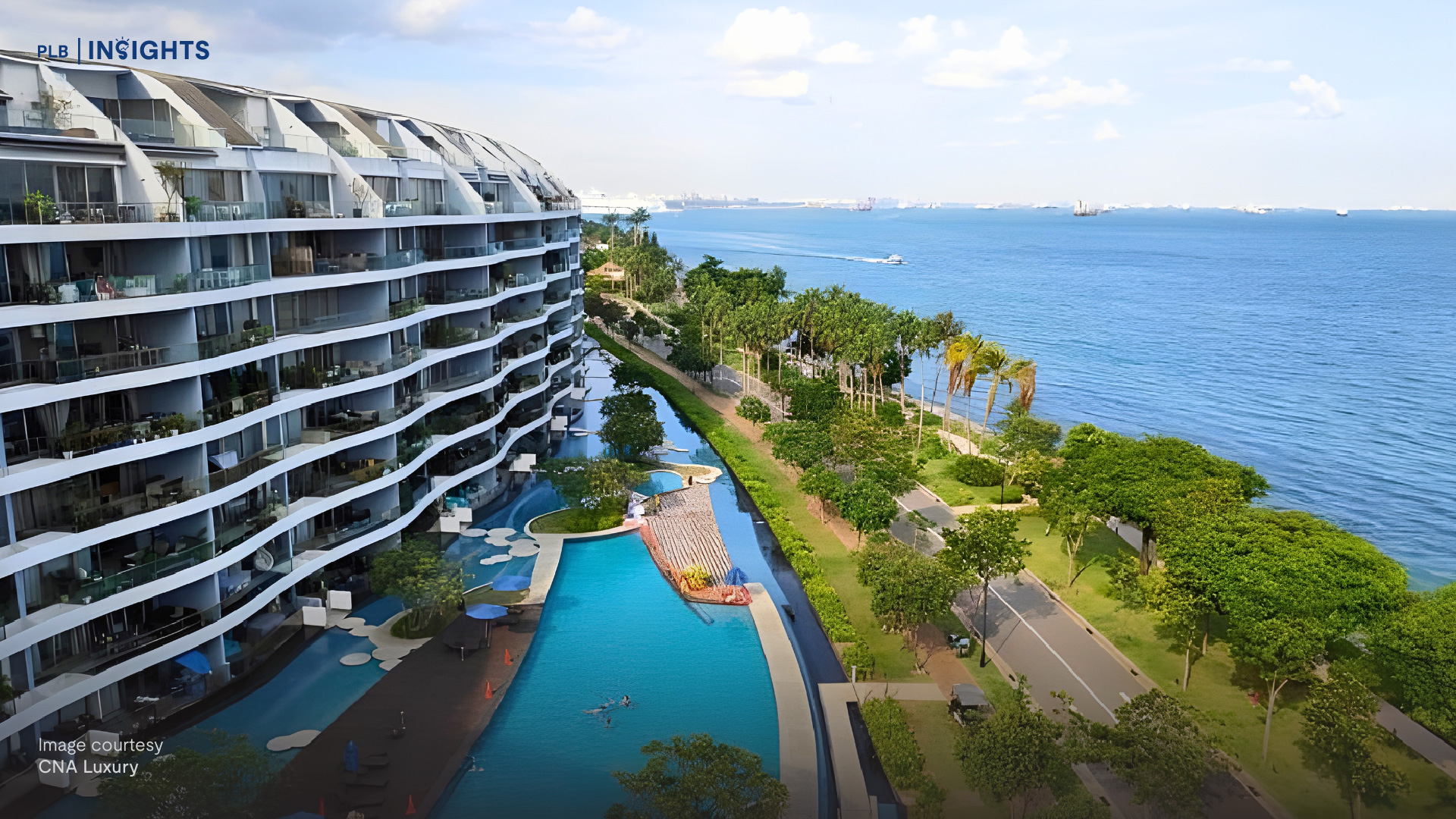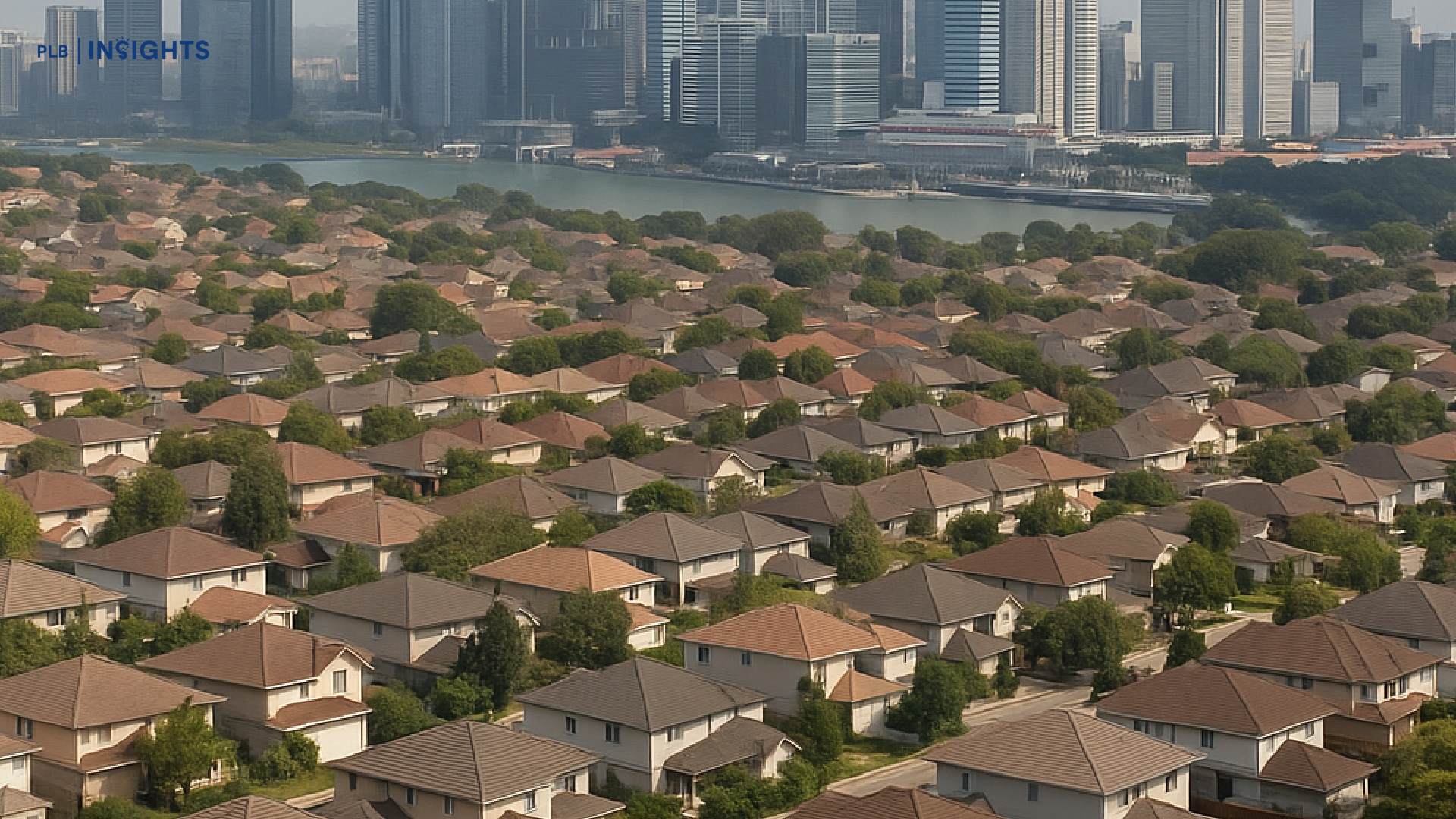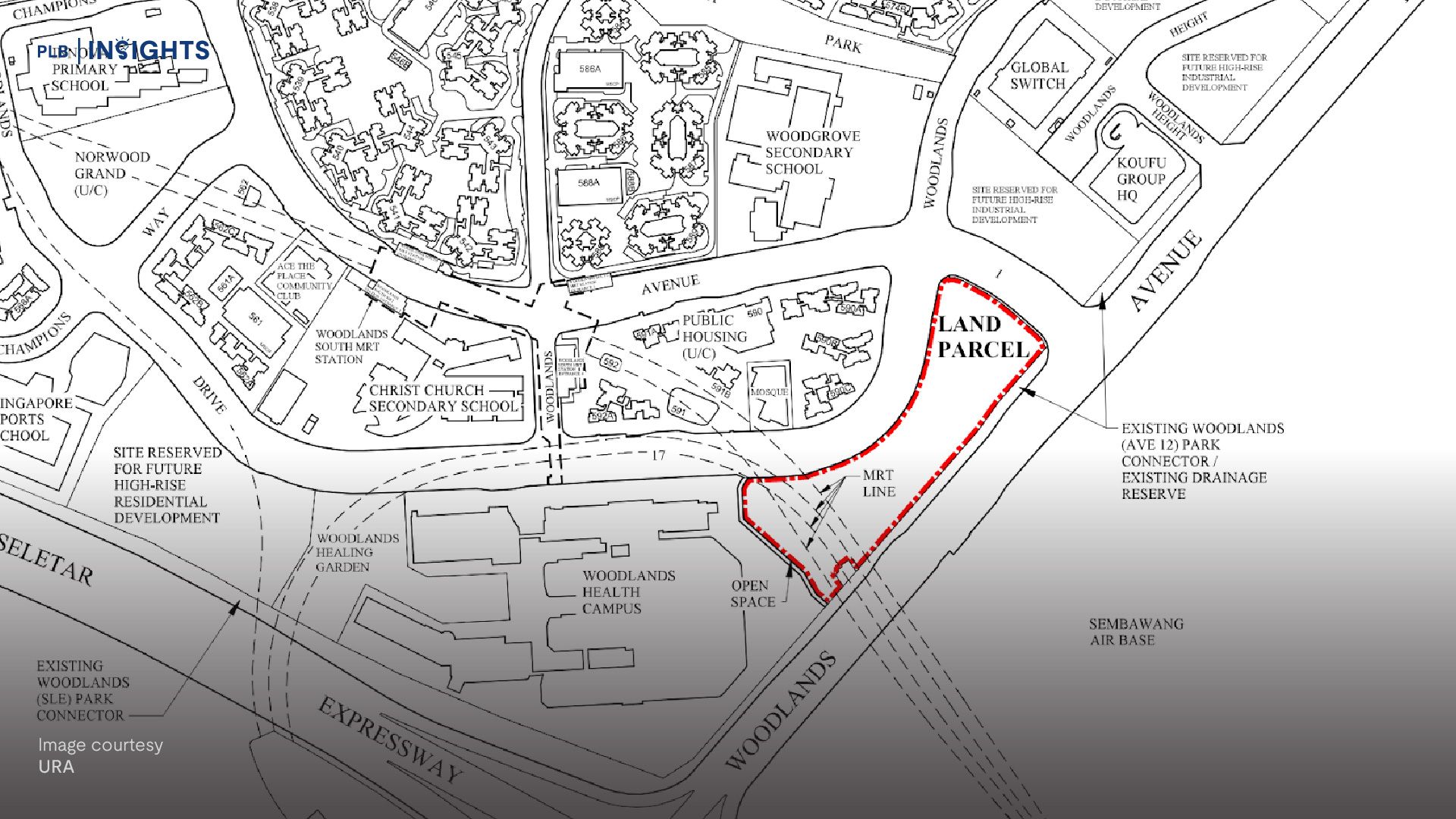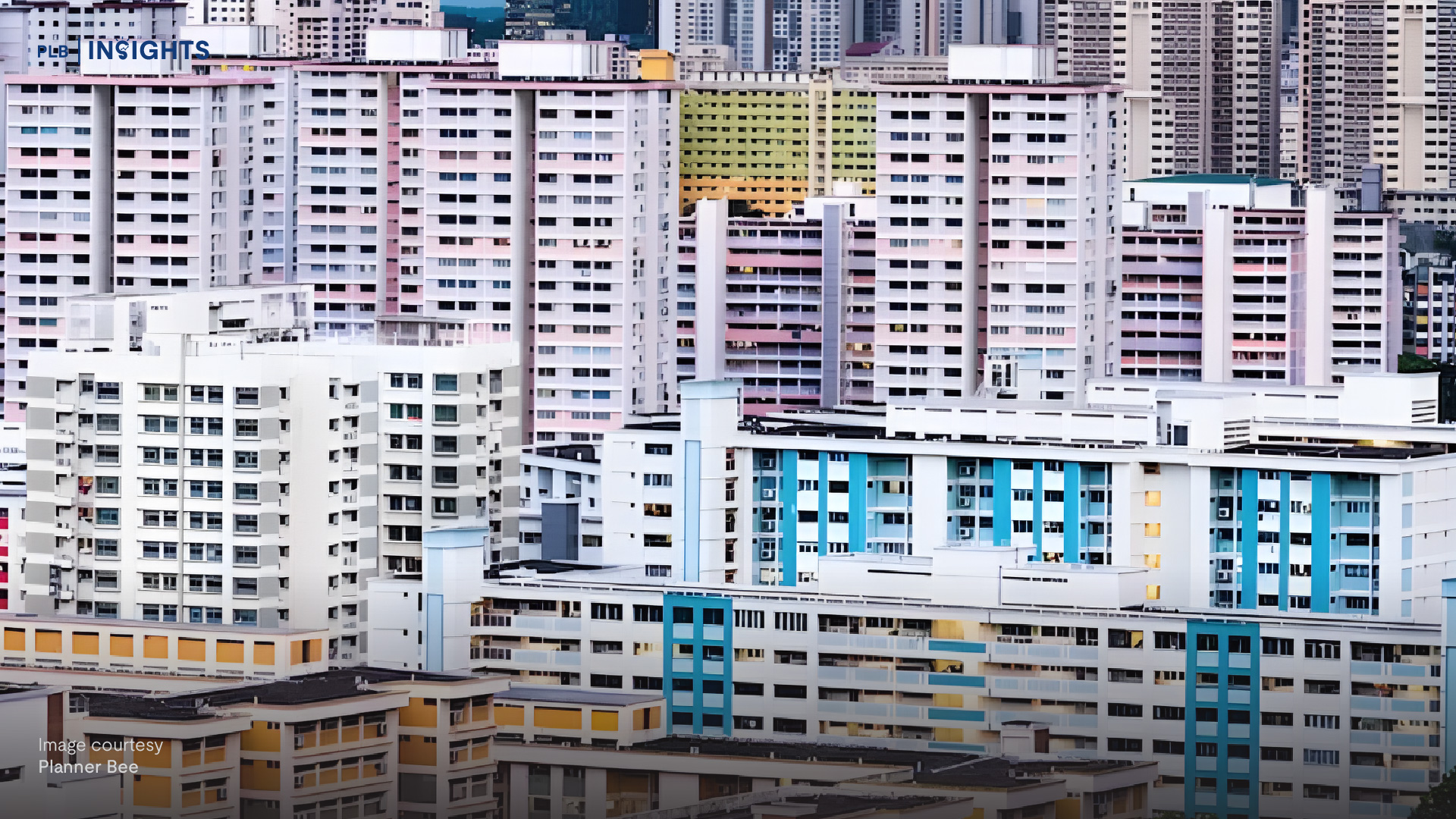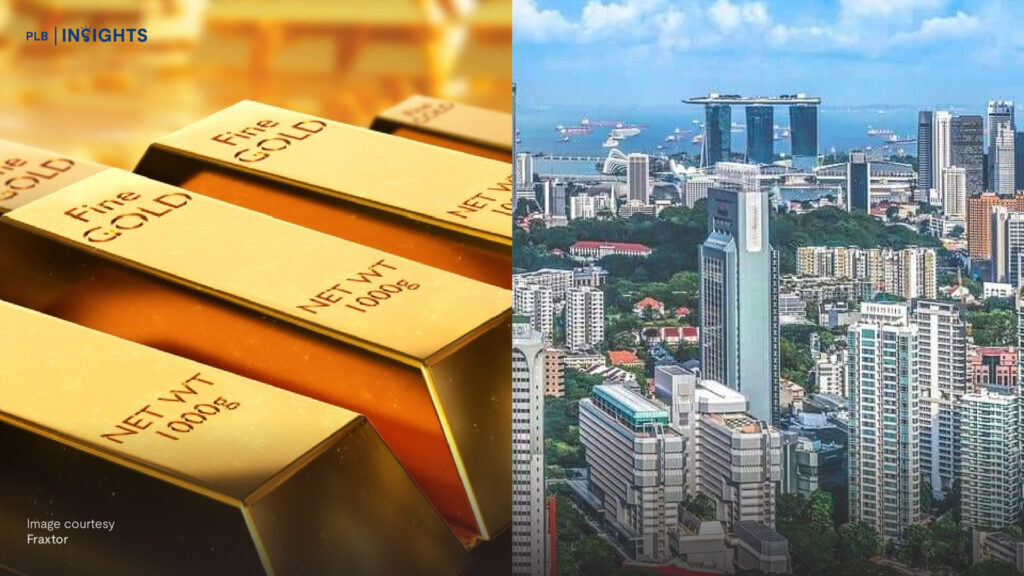
In 2025, investor behaviour in Singapore is reflecting a familiar yet complex pattern.
Amid global economic uncertainty, elevated interest rates, and persistent geopolitical risks, capital is flowing into assets that offer long-term security — assets that are tangible, defensible, and historically trusted. Two destinations have stood out: gold, now at record-highs, and prime residential property in Singapore, which continues to defy gravity with near sell-outs at new project launches.
At the heart of this story is the nearly complete take-up of Skye at Holland, a 666-unit condominium project in District 10 that achieved a stunning 99% sales rate over its launch weekend. But this wasn’t a one-off. Other new launches — particularly those in mature, well-connected neighbourhoods — are seeing similarly strong momentum.
The question, then, is whether we are witnessing a broader flight to safe-haven assets, and if so, what explains this unique pairing of gold and real estate in investor portfolios?
Gold as the First Mover: A Thermometer for Market Anxiety
Gold’s role as a safe-haven asset is well established. In times of volatility or inflation risk, investors turn to it as a hedge — not because it generates yield, but because it doesn’t rely on the performance of financial markets or governments.
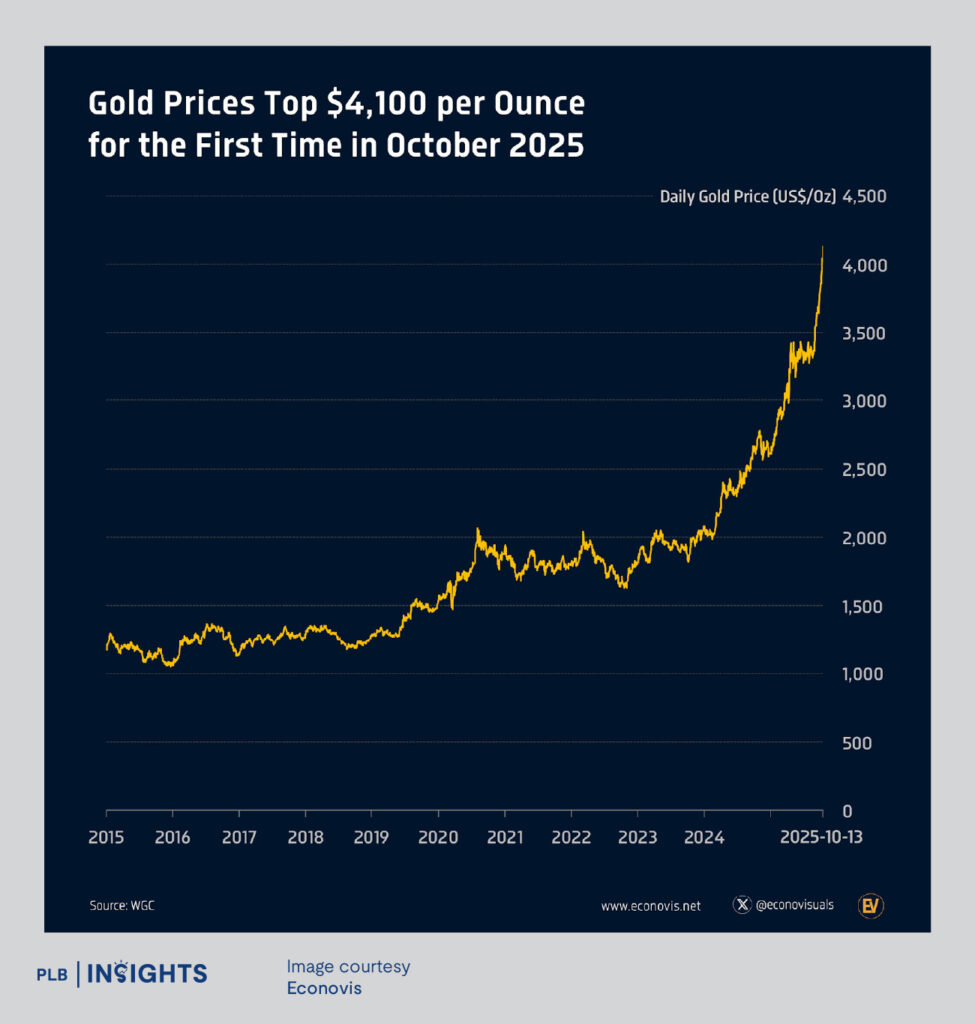
In 2025, this dynamic is playing out once again, with gold prices breaching the US$4,000 per ounce mark. But this time, gold is not simply a reaction to fear. It is a signal, a forward-looking gauge of market stress, inflation uncertainty, and declining trust in traditional asset classes.
Singapore’s own gold market has grown in both scale and sophistication. Vault demand has increased, retail gold purchases surged over 35% in early 2025, and global investors are increasingly using the city-state as a hub for physical bullion storage.
This behaviour reflects more than just local sentiment — it shows that gold, as a liquid store of value, is being repositioned at the centre of wealth preservation strategies.
But what is remarkable is how this shift in gold demand is mirrored by rising demand for property, especially in Singapore’s most resilient submarkets.
Real Estate: The Tangible Counterpart to Financial Risk
While gold acts as an anchor in portfolios, it offers no utility and no yield. That’s where real estate — particularly in stable jurisdictions like Singapore — enters the picture. Property serves as the physical counterpart to financial hedging. It is illiquid, yes, but it is also deeply rooted in long-term fundamentals: land scarcity, urban demand, and demographic stability.
The case of Skye at Holland illustrates this well. The project’s unit mix was broad but strategically weighted toward 2-bedroom and 2-bedroom premium layouts, which made up over 65% of the total units. These are typically favoured by investors due to their affordability and rental potential.
Yet demand for the larger 3-, 4-, and even 5-bedroom units — some with private lifts — was equally strong, suggesting that this was not a purely speculative surge. Instead, buyers included both investors and owner-occupiers, many of whom were Singaporeans and Permanent Residents.
This pattern is not isolated. Several other recent launches have seen robust take-up, particularly those timed before the Hungry Ghost Month — a traditional lull in property buying. Buyers are not just looking for yield; they are seeking stability and asset defensiveness. That, in turn, links back to the same motivations driving demand for gold.

Why Are Singaporeans Still So Willing to Commit to Property?
The strong demand for new launches may appear puzzling, given rising mortgage rates, tightened loan-to-value ratios, and increased additional buyer’s stamp duties (ABSD). But the underlying motivation is more strategic than speculative.
Firstly, many buyers view new launches as offering better value than older resale condos, even at higher per-square-foot prices.
At the same time, the scarcity of large new plots in central locations adds urgency. Projects like Skye at Holland may not see a direct replacement for years, driving the fear of missing out on land-constrained, well-located stock.
Secondly, property remains deeply embedded in Singaporean wealth-building behaviour. Beyond pure investment, real estate is seen as a multi-generational asset, often used for legacy planning, retirement security, or as a buffer against inflation. With CPF Ordinary Account balances earning at 2.5% interest and local inflation averaging above 3% in recent quarters, property offers a real return that seems to help hedge against inflation.
Third, in the current climate of global uncertainty, there is a sense that “moving capital now” is safer than waiting. Many homebuyers and investors believe that while interest rates may stay elevated in the short term, the medium-term trajectory could favour asset holders as rate cuts begin globally. By locking in a property purchase now, they are effectively hedging against future inflation and volatility.
The Link Between Gold and Property: Two Channels of the Same Story
What ties all this together is the observed co-movement between gold and property prices in Singapore. A 2024 academic study found that unlike in many other countries, Singapore shows a positive long-run correlation between gold prices and residential property prices. Gold prices, in fact, appear to lead property prices — acting as an early signal of capital reallocation behaviour.
In other words, the spike in gold demand is not necessarily pulling capital away from property — it may be pushing capital toward it, as investors look to diversify their store-of-value strategies. While gold satisfies the liquidity and global hedge component, property provides anchorage in a real asset that can’t be debased or confiscated. For Singaporean investors, these two assets are increasingly seen as complementary rather than competitive.
Final Thoughts: Capital is Not Fleeing — It’s Relocating
The near sell-out at Skye at Holland and the rise in gold prices are not random outcomes. They are part of a broader, more cautious recalibration of capital. Investors, both retail and institutional, are not just reacting to short-term events. They are rebuilding their portfolios around resilience by selecting assets that can hold value through uncertainty, policy change, and economic swings.
In this environment, gold and property are not so different. One is weighty but mobile; the other is rooted but versatile. Both are trusted. Both are scarce. And both are telling us that the search for safety, stability, and preservation of wealth is once again guiding where money flows.
Singapore’s strong political and economic landscape — with a trusted regulatory framework, physical safety, legal clarity, and a mature property market — means that it continues to act as a magnet for capital seeking calm in a noisy world.
What we are witnessing isn’t just a return to gold or a rally in luxury condos. It is a quiet flight to safety.
Stay Updated and Let’s Get In Touch
Should you have any questions, do not hesitate to reach out to us!


